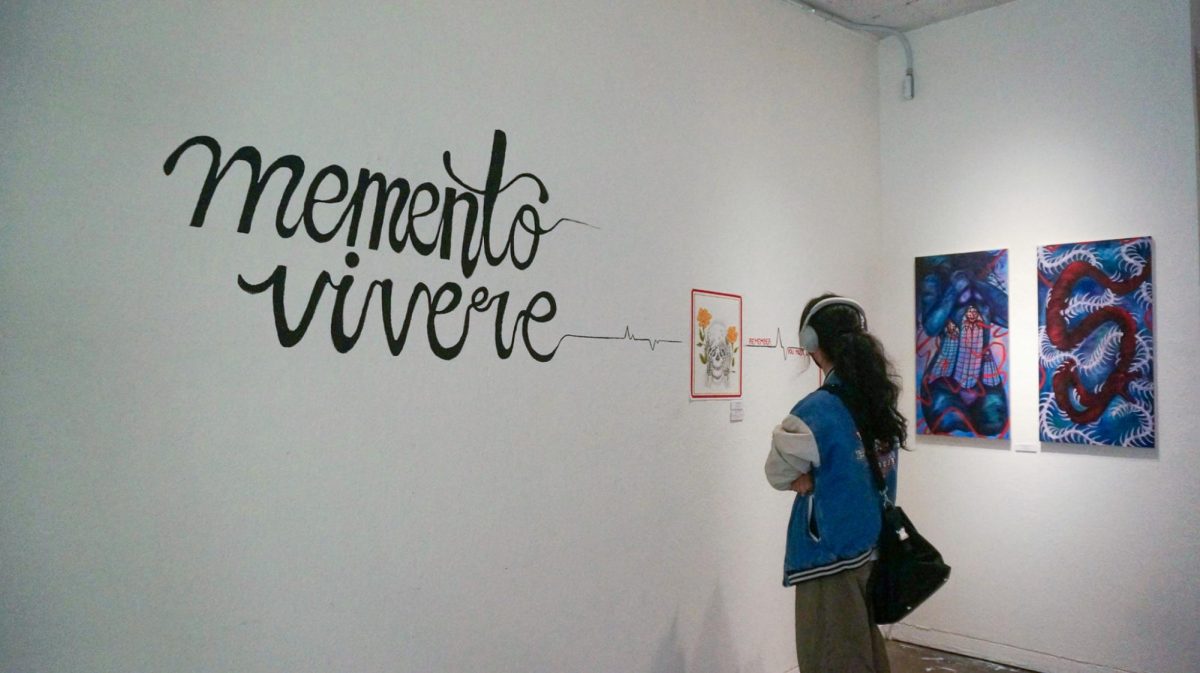Novel gives students insight to internment camps
October 1, 2009
I remember one topic from my high school history class: the Jewish concentration camps in Germany. I remember vivid depictions and photographs. I remember hearing how brutally those people were treated. An entire week was devoted to this suffering. At the end of the week, the teacher nonchalantly said, “Similar situations were endured by Japanese-Americans during World War II.”
Then the bell would ring and most impatient high school students would already be out the door, leaving the majority of teenagers clueless of our own country’s history of inhumane behavior.
Julie Otsuka’s novel, “When the Emperor Was Divine,” however, helped me close this information gap. Those who read her novel should be able to finish the book with a better understanding of the Japanese-American struggle in the internment camps.
Otsuka’s novel tells the story of one Japanese-American family’s experience during the 1940s. At this time, a surprise military strike was conducted by the Japanese against the United States’ naval base in Pearl Harbor, Hawaii.
After the attack, Japanese-Americans were confronted with hatred and discrimination from other American citizens.
Government officials then decided to relocate all Japanese-American citizens to internment camps. These officials believed that by isolating Japanese-Americans they would ensure tranquility in the United States. Many American soldiers were killed in the attack on Pearl Harbor, so there was a great deal of animosity felt toward any citizen with Japanese heritage.
Otsuka illustrates this hatred in her novel by including a scene in which a passerby intentionally throws a brick through a cab window. The train, which is filled with Japanese-Americans was heading toward an internment camp. After this incident, each Japanese-American is told to shut his or her blinds while passing through populated towns.
Otsuka’s characters stay at an internment camp in Topaz, Utah.
Otsuka gives three differing perspectives throughout the novel – from the strong-willed mother, to the confused and desperate son, to the stubborn and opinionated daughter.
Each character is so complex and well-developed that I failed to notice the main characters are unnamed. Names seemed to be unnecessary because the characters’ personalities labeled them well enough.
The characters’ differing viewpoints create diversity in Otsuka’s writing. Having only one perspective for such a large topic, such as the Japanese-American internment camps, would have left the reader deprived of insight, which is why I find it admirable that Otsuka took the time and energy to develop all three.
In the novel, the young boy expresses how unfair it is to be alienated after he did nothing wrong. From his standpoint, readers are able to gather how desperately Japanese-Americans longed to fit back in with society after the war. The young boy’s viewpoint is important because the older characters, such as the daughter and mother repress these similar emotions because they know that what they feel will not change anything.
Otsuka’s writing does not lend itself to wordy descriptions. Instead, each characters’ actions build their persona, which I found to be most effective as I read.
For example, Otsuka builds the father’s persona through details given in his son’s flashback. Instead of labeling the father’s personality type, Otsuka describes the father plucking caterpillars off of a snow pea plant with chopsticks. Through this description, readers are able to recognize that the father is a kind gentleman.
Otsuka’s writing style is very simplistic and to the point. Even with the short sentence structure, Otsuka has the ability to thoroughly express the emotional discomfort each Japanese-American faces.
For instance, Otsuka only briefly mentions that the young boy captures a turtle, keeps the turtle in a shoebox, and that the turtle scratches at the shoebox ever day in an attempt to get out. Otsuka does not have to explain how this turtle’s situation is similar to the Japanese-Americans because it is implied. The image of people caged up like animals explains itself.
Katrina Tupper can be reached at [email protected]





















































































































